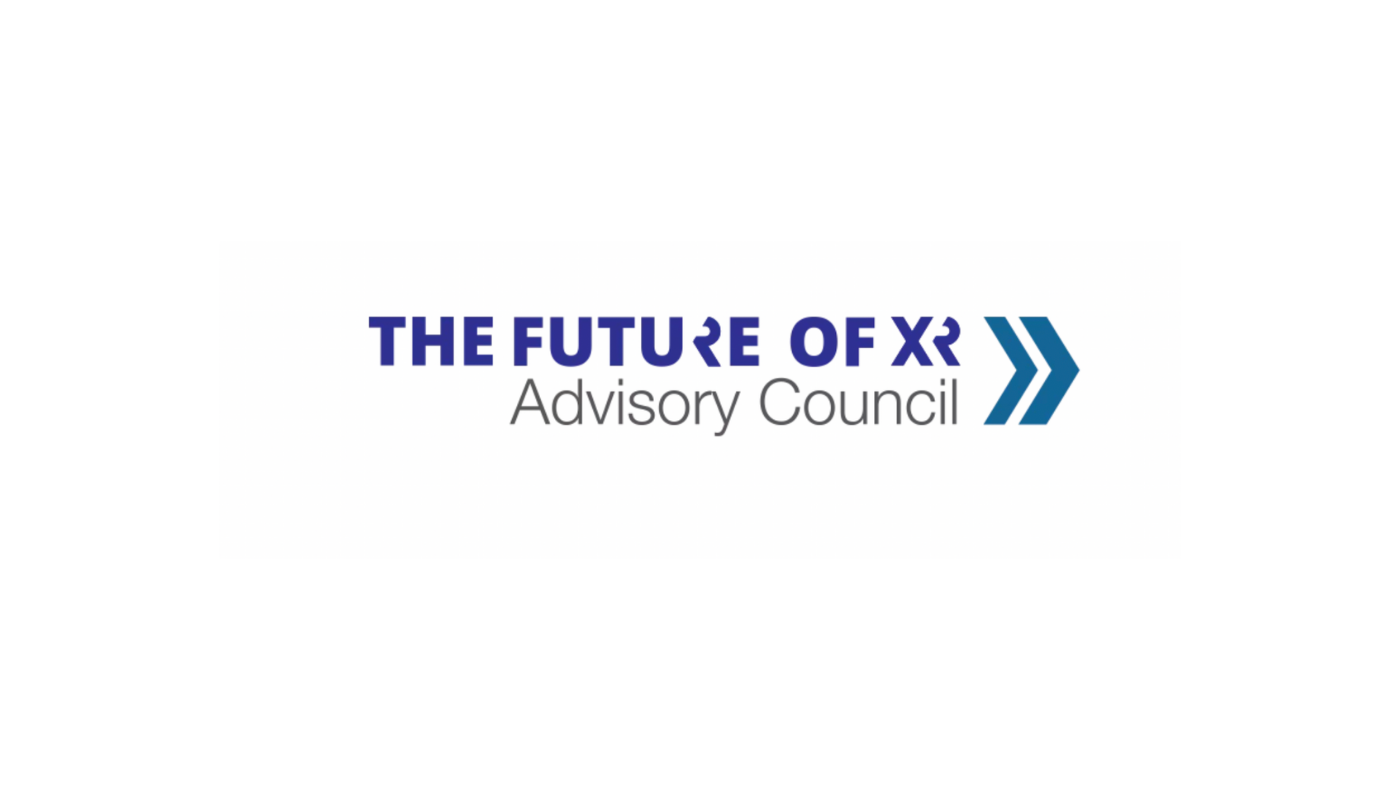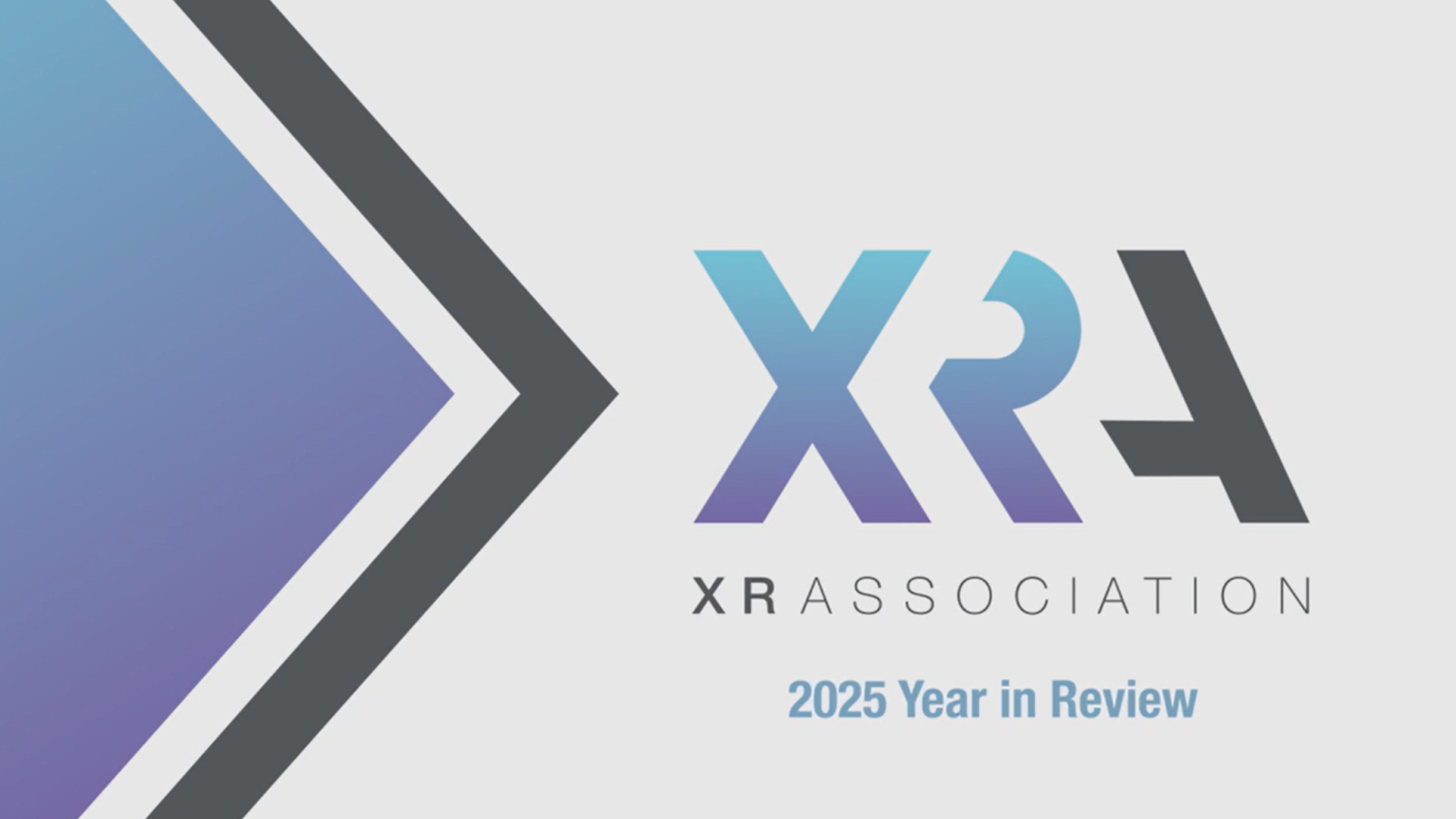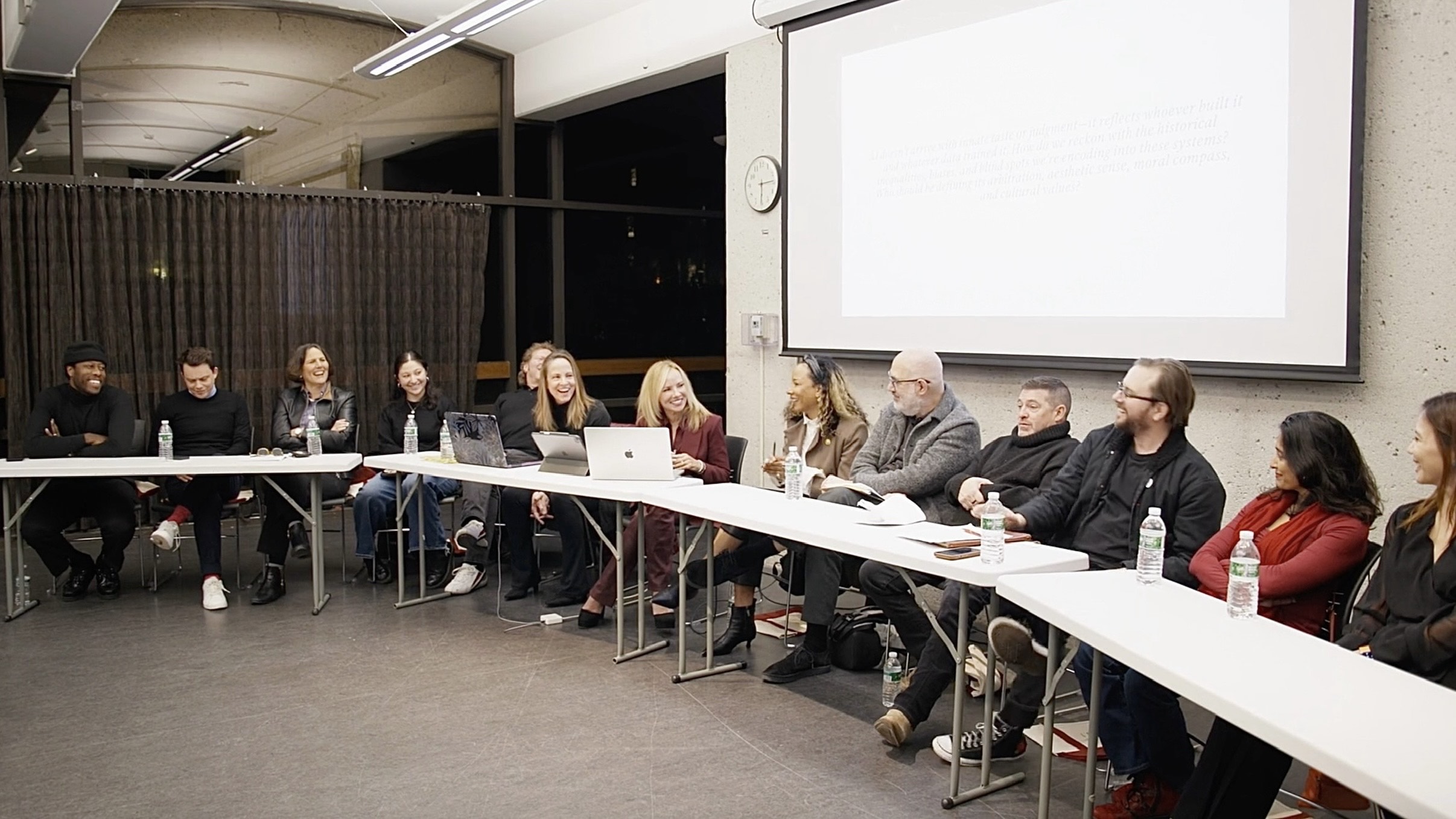XR ADVISORY COUNCIL (XRAC) CONVENES FINAL WORKING GROUP ON NORMS & BEHAVIORS IN IMMERSIVE SPACES

Washington, D.C. – On June 28 and July 20, 2023, the XR Association’s Future of XR Advisory Council (XRAC) held its fifth and final working group meeting, bringing together thought leaders, company executives, and advocates in the XR industry working at the intersection of tech and inclusion. The working group is one of five overall and will contribute to a whitepaper summarizing insights from the Future of XR Advisory Council.
The group was tasked with identifying steps that the industry and other stakeholders can take to foster and enforce respectful, safe, and inclusive XR environments. Measures to protect individuals’ physical and emotional well-being and safety in online, immersive environments will be essential to the widespread adoption of XR. Yet, the ephemeral nature of interactions in virtual worlds and augmented spaces may require leveraging existing tools and solutions, and developing new ones to ensure that XR can realize its promise as the next major computing platform.
Because different tools are available and intertwined throughout the tech stack, participants agreed that a “shared responsibility” model will be needed to safeguard the users physical and emotional well-being. There are a variety of privacy and safety features in use today such as blocking, muting, or creating a personal bubble in an immersive space. But there are many more tools and strategies, and it was suggested that there needs to be a better understanding of what the full spectrum of tools are, from software to middleware to hardware, to address norms and behaviors.
There are issues of conduct, content and culture that are not necessarily unique to XR and so the working group felt it important to look to gaming and social media to glean “lessons learned” to adopt good practices and avoid similar pitfalls and challenges that confronted our XR predecessors. Leveraging models and resources that already exist is smart; and leveraging various non-profits and entities that already identify and block bad actors that are unique to specific communities (anti-hate groups, LGBTQ groups, civil rights groups, etc.) was singled out as an important step to take for the XR industry.
Where there are unique challenges and opportunities for immersive technologies, we have an obligation to act. What makes XR more distinct are the interpersonal interactions which are largely transitory and, therefore, may be harder to police because they are happening in real-time and may be fleeting. While this can add to the texture and importance of interaction, for some, it can unmoor them and lead to toxic or destructive behavior. Exploring incentives to build and incorporate tools to address and mitigate such behaviors and that there should be an effort to standardize placement and functionality of such tools.
Finally, in a clear connection to our working group on diversity, equity and inclusion, participants felt very strongly that successful strategies to build inclusive, healthy and safe immersive spaces will require a diversity of voices to help build such experiences. Ensuring that XR’s continued development is informed by the needs and concerns of diverse and marginalized audiences should be a priority of the industry to ensure that the norms and behaviors of immersive spaces are truly safe and inclusive.


